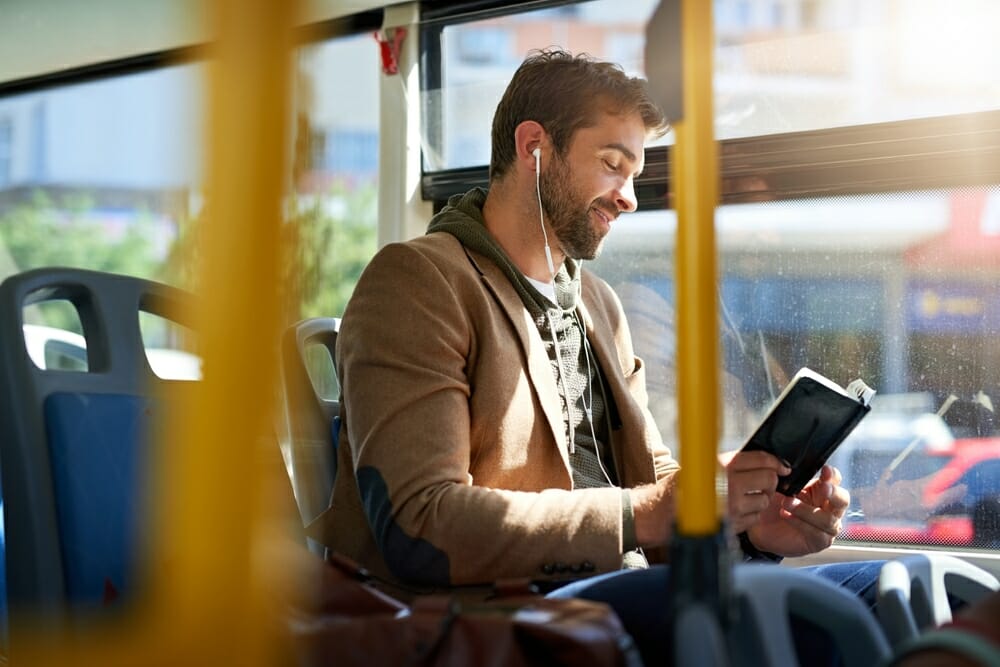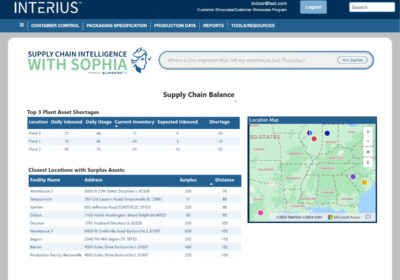Public transport plays a crucial role in connecting communities and ensuring access to essential services.
While urban areas usually have well-established transportation networks, rural communities often face unique challenges in providing efficient and reliable public transport.
With almost half as many passenger journeys being taken on rural services than were made in 2010 owing to a myriad of reasons including dwindling numbers of shops and limited regular routes, some communities outside of towns and cities could face a future where transport may not be as readily available as it once was.
Mike Butler, Head of Innovation at Nomad Digital, said that “by implementing innovative solutions, public transport operators can help support rural communities – and enhance the overall passenger experience.”

Tailoring services to community needs
Where there are fewer public transport services in local areas, it is important to understand what people living in these communities genuinely need from transport.
The initial steps could include collecting feedback through surveys, holding community meetings, or collaborating with local businesses.
By tailoring services to the needs of the community, transport providers can ensure that routes, schedules, and fares align with the requirements of rural residents.
Integration with other services
To enhance the passenger experience in rural areas, public transport operators could focus on integrating their services with other local amenities.
For instance, collaborations with healthcare providers, educational institutions, and local businesses can facilitate convenient and affordable transport options for residents.
This integration could involve establishing shuttle services to hospitals or schools or offering discounts for passengers traveling to certain destinations.
Flexibility and adaptability
Rural areas can have scattered populations, making fixed-route services less effective. Transport operators could look at potentially implementing flexible transport solutions.
This could be something such as offering services which are responsive to fluctuating demand, known as demand-responsive services.
These services can be booked at times of need, and alters the route based on demand, rather than rely on rigid routes or timetables, and the developments in technology can allow for real-time updates to be communicated across the transport network.
By leveraging technology and data-driven algorithms, public transport providers could optimise routes based on passenger demand, making the system more efficient and cost-effective, harnessing better connectivity.
Digital Innovation
Real-time information about public transport schedules and route changes can be beneficial in enhancing the passenger experience.
Public transport operators can implement digital tools such as mobile applications and websites to support this.
There are a few ways that transport operators can help passengers stay connected while using the transport network, including flexible ticket options such as e-tickets and multi-modal tickets, live updates, Passenger Information Systems/Screens or relaying information directly to customers’ devices and implementation such as Wi-Fi on-board.
By taking a digital approach, operators are able to provide up-to-date information on schedules, fares, and service disruptions. This should include how their service is going to interact with connecting modes of transport such as trains, trams and e-bikes etc.
Additionally, integrating online ticketing systems can simplify the payment process, ensuring a hassle-free experience for passengers who are looking to buy tickets for journeys.
Community Engagement
Collaboration with local businesses, non-profit businesses, and community leaders could help with the success of public transport initiatives. By forming partnerships, public transport operators can discover local knowledge, resources, and opportunities.
Moreover, involving community members in the decision-making process can enhance support for public transport initiatives.
Infrastructure improvements
Investing in infrastructure enhancements can also support in providing a seamless and comfortable passenger experience.
This could involve upgrading bus stops, shelters, and signage, especially in areas with extreme weather conditions.
Public transport operators could also explore opportunities to introduce environmentally friendly vehicles and improve accessibility for passengers.
Technology helps keep both operator and the passenger informed and ensures adequate arrangements are put in place to cater for all travellers.
Overall
Enhancing public transport in rural communities requires a multifaceted approach.
Tailoring services, embracing digital innovation, collaborating with local stakeholders, and investing in infrastructure can contribute to the development of the public transport offerings.
By putting the passenger as a priority, these solutions could help to foster increased ridership and social connectivity.
Sources
https://nomad-digital.com/solutions/engage/passenger-experience/
https://nomad-digital.com/solutions/engage/passenger-information-systems/








